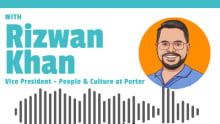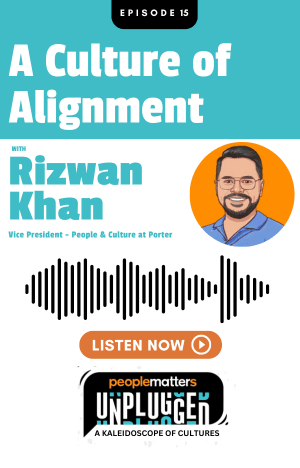Be inclusive of older workers too

In a world of aging populations, employers increasingly need to strategize towards accommodating the needs of older workers. The law both enforces and encourages this: in Singapore, employers are legally required to offer re-employment for workers aged 62-65. And in Budget 2020, prior to the eruption of the COVID-19 crisis, the government had announced extra assistance to older job-seekers. There have also been multiple financial incentives, over the years, to encourage employers to hire and retain older workers.
To better support the older segment of the workforce, employers can look at a few areas, ranging from medical benefits, to training and development, to even simple social interactions in the workplace.
A more conducive physical environment, and some medical benefits
The most immediate way of supporting older employees is to make physical adjustments to the working environment, especially for those whose work involves an amount of physical activity. These might involve simple changes such as providing more comfortable seating, making shelves and storage spaces more easily reachable, or removing floor-level obstructions. It’s worth noting that age is not necessarily an accurate benchmark for someone’s health and physical fitness, and such small and low-cost adjustments can not only help older workers be more productive, they can benefit everyone in the workplace.
Medical benefits are another important area where employers can provide support, and in fact, statistics show that there is a growing demand for insurance coverage for older employees. Pavan Virmani, Aviva’s group business director, told People Matters that even as insurers like his firm increase the maximum age of coverage to 75, companies extending re-employment to those nearing retirement age are also seeking ad-hoc coverage for those above the age of 75, which has not previously been a common practice.
He did add that such extended coverage tends to be pricier and more limited, because this demographic is considered higher-risk, and in fact Aviva has observed that older workers are more likely to incur claims on the “Three Highs”—high blood pressure, high cholesterol, and diabetes (high blood sugar).
It’s worth noting, however, that such ailments are no longer associated with any one age group. “We are beginning to see a trend in younger generations having chronic illnesses as early as in their 30s. Besides age, unhealthy lifestyle may be one of the key contributors of chronic illnesses affecting any age group,” Virmani observed.
Fairness in training, development, and advancement
Older employees benefit from learning and development opportunities every bit as much as their younger counterparts, and in some cases more. The deep foundation of expertise that they have gained over decades can even make them more suitable for training and roles that build on their existing knowledge.
People Matters spoke to fintech startup TranSwap, which deliberately pursues a policy of hiring older workers for precisely such a reason: they need deep domain expertise in areas such as compliance and foreign exchange, and this, said TranSwap CEO Benjamin Wong, is naturally to be found in workers with years of experience. Training these older hires, he added, has not been an issue, even though TranSwap’s use of technology can sometimes be quite different from what they might have been used to.
“The most important element for the senior staff to adapt to our environment is their own attitude to change,” he said. “These senior staff who joined us understand that they are joining a fintech company which does things differently, thus they came with a condition to accept and accommodate to changes. Likewise, we need to listen and learn from them too. After all, we hire them for their expert knowledge.”
This ideal shows itself every so often in the TranSwap workplace, Wong added. “Very often, the older staff look to the younger staff to guide and train them on the usage of Internet tools. On the other hand, the older staff guide the younger staff on financial matters in which they are the domain expert...Ultimately, it is about finding the best of both worlds.”
The real game-changer: a culture of inclusiveness
Even when older employees need the odd additional accommodation—be it adjustments to their workspace, or an extra day of medical leave, or even a few hours more training to get them up to speed with unfamiliar technology—companies should not make too much of a point of it. Instead, such things ought to be part of the foundational building blocks that form a fair and inclusive workplace.
“It is important for us to be more mindful to not over-emphasise initiatives for the senior workforce,” said Andrew Chan, the CEO of ACI HR Solutions. “Essentially, senior workers desire the same level of respect and fairness as any generation – they simply want to be recognised for their efforts over the many years. In fact, it should begin with ensuring there is no discrimination or prejudice across the organisation.”
Organizations, Chan advised, need to foster an environment of open communication where all ideas can be shared comfortably and received non-judgementally. This benefits not just older employees, but all demographics, including minorities; and it benefits the company as a whole, because it opens the path for greater, more balanced innovation.
“Given their experience and years in the company, senior workers offer great insights and together with the dynamics of the organisation, it could potentially be a huge strength – especially during tougher times such as what we’re experiencing now,” he said.
Ultimately, no employer can turn back time, or change the demographics of the population. Younger workers will always get older; older workers will always be here to stay, comprising an ever-growing proportion of the talent available. Businesses need to come up with ways of accepting and accommodating them, and leveraging the deep skills and experience they bring to the workplace.














